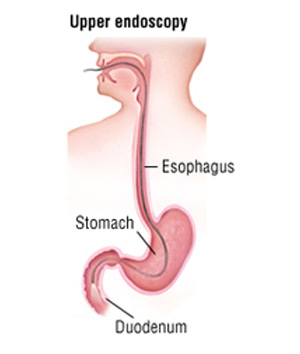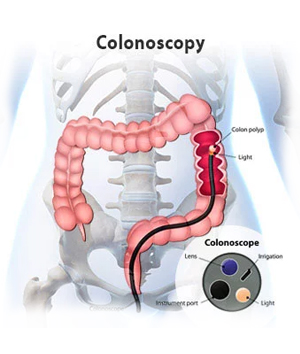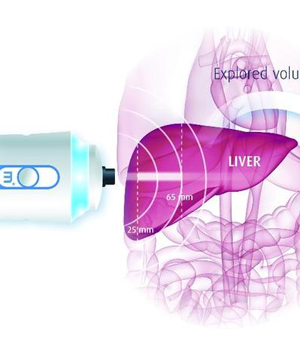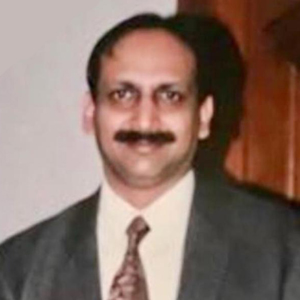Welcome to Anoushka Hospital
Anoushka Hospital for Gastroenterology & Gynaecology has a high-tech diagnosis facility that provides excellent diagnostics and curative services, with the most experienced specialist for a wide spectrum of gastro-intestinal problems.
The Gastroenterology Centre at Anoushka Hospital performs all types of endoscopic procedures. These procedures are done under sedation or monitored anesthesia care...
Following procedures are routinely performed:
- Upper Gastrointestinal Endoscopy (UGIE)
- Flexible Sigmoidoscopy






